Microsoft, the renowned tech giant, has left an indelible mark on the world of computing. From its inception to its current position as a global leader, Microsoft’s journey is nothing short of extraordinary. In this comprehensive article, we will delve into the complete history of Microsoft, highlighting its pivotal moments, innovative products, and the lasting impact it has had on the technology landscape.
The Beginnings of Microsoft: A Visionary Partnership
At the heart of Microsoft’s history lies the partnership between two visionaries, Bill Gates and Paul Allen. In 1975, they founded Microsoft with a simple mission: to put a computer on every desk and in every home. Little did they know that their aspirations would revolutionize the world of computing.
1970s: Laying the Foundation
1. The Birth of Microsoft
Januari 2, 1975 marked the official incorporation of Microsoft. In a pivotal moment, the visionary duo of Bill Gates and Paul Allen penned a letter to MITS, a company based in Albuquerque, New Mexico, known for manufacturing the Altair computer. The essence of this letter was to propose a version of BASIC specifically tailored for MITS’s groundbreaking “Altair 8800” computer. This marked the beginning of a significant milestone in the history of computing.
The contract presented to MITS was not only significant for its content but also for the fact that it marked the first occasion where Bill Gates and Paul Allen referred to themselves as the company Microsoft, which was initially spelled as “Micro-Soft” in the document. This name, destined to become one of the most recognizable brands worldwide, would forever be associated with the relentless pursuit of technological innovation and transformation.
The letter’s impact was profound, as it laid the foundation for Microsoft’s journey from a small startup to a global technology powerhouse. This momentous step highlighted the entrepreneurial spirit and foresight of Gates and Allen, who saw the potential of personal computers and envisioned a future where computing would be accessible to the masses.
Little did they know that their humble beginnings in Albuquerque would eventually lead to Microsoft’s ascent to become a key player in the technology industry. The letter to MITS was the spark that ignited a revolution, making computing more user-friendly and accessible, forever changing the way we interact with technology.
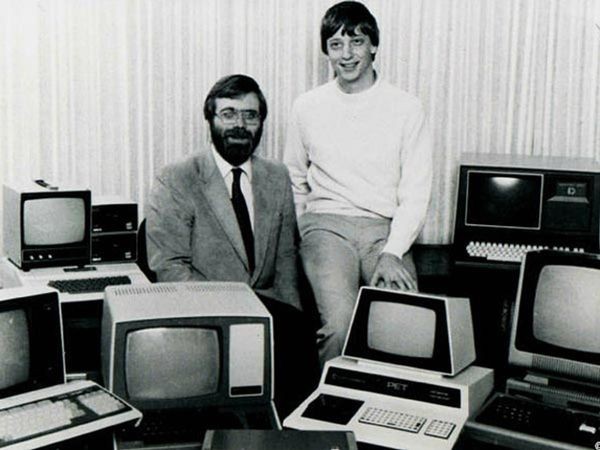
Gates and Allen set up shop in Albuquerque, New Mexico, and began developing software for microcomputers.
2. Microsoft’s First Milestone
In 1976, Microsoft achieved its first major milestone with the creation of the BASIC programming language for the Altair 8800 microcomputer.
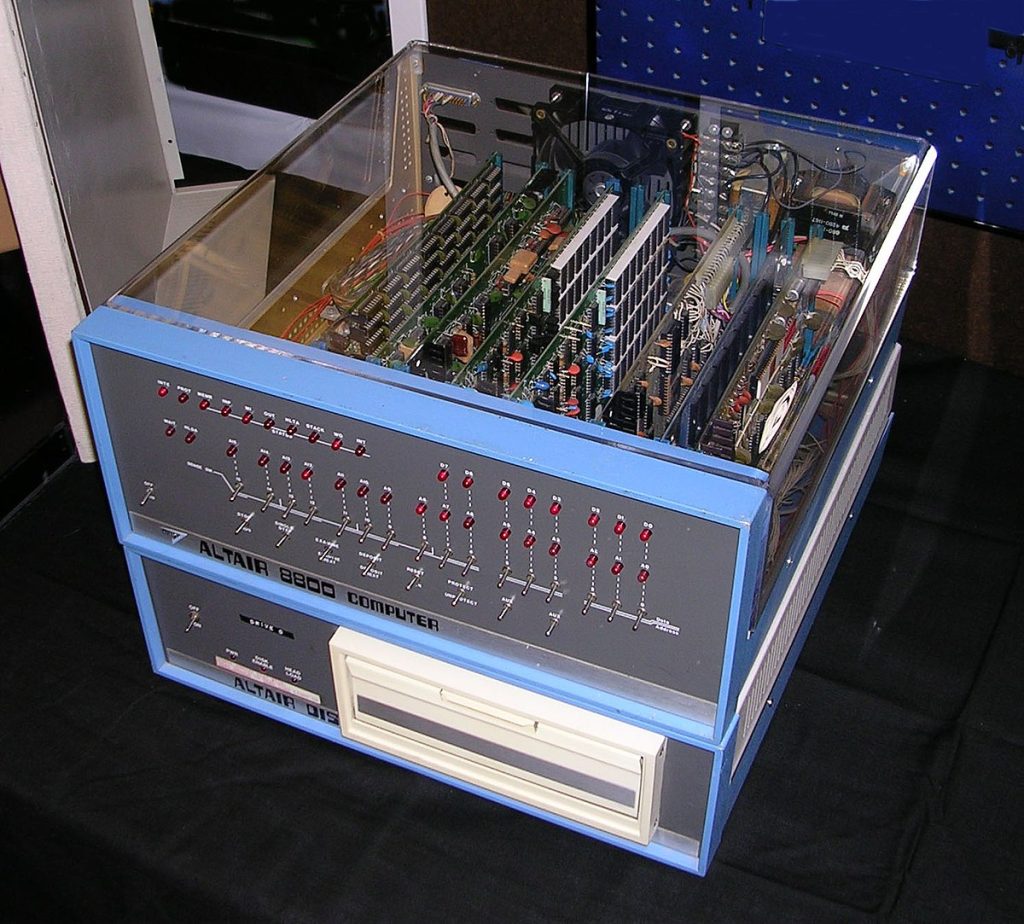
The successful development of BASIC make Microsoft’s position as a formidable player in the world of computing and laid the groundwork for the transformative innovations that would follow.
3. Moving to Washington
In 1979, Microsoft relocated its headquarters to Redmond, Washington, a move that would define its future as a technology hub.
1980s: Shaping the PC Revolution
4. MS-DOS: A Game-Changer
The 1980s witnessed a momentous event in the history of Microsoft with the introduction of MS-DOS (Microsoft Disk Operating System). This landmark launch proved to be a turning point for the company. MS-DOS quickly emerged as the standard operating system for IBM-compatible personal computers, consolidating Microsoft’s position as a dominant force in the technology industry.
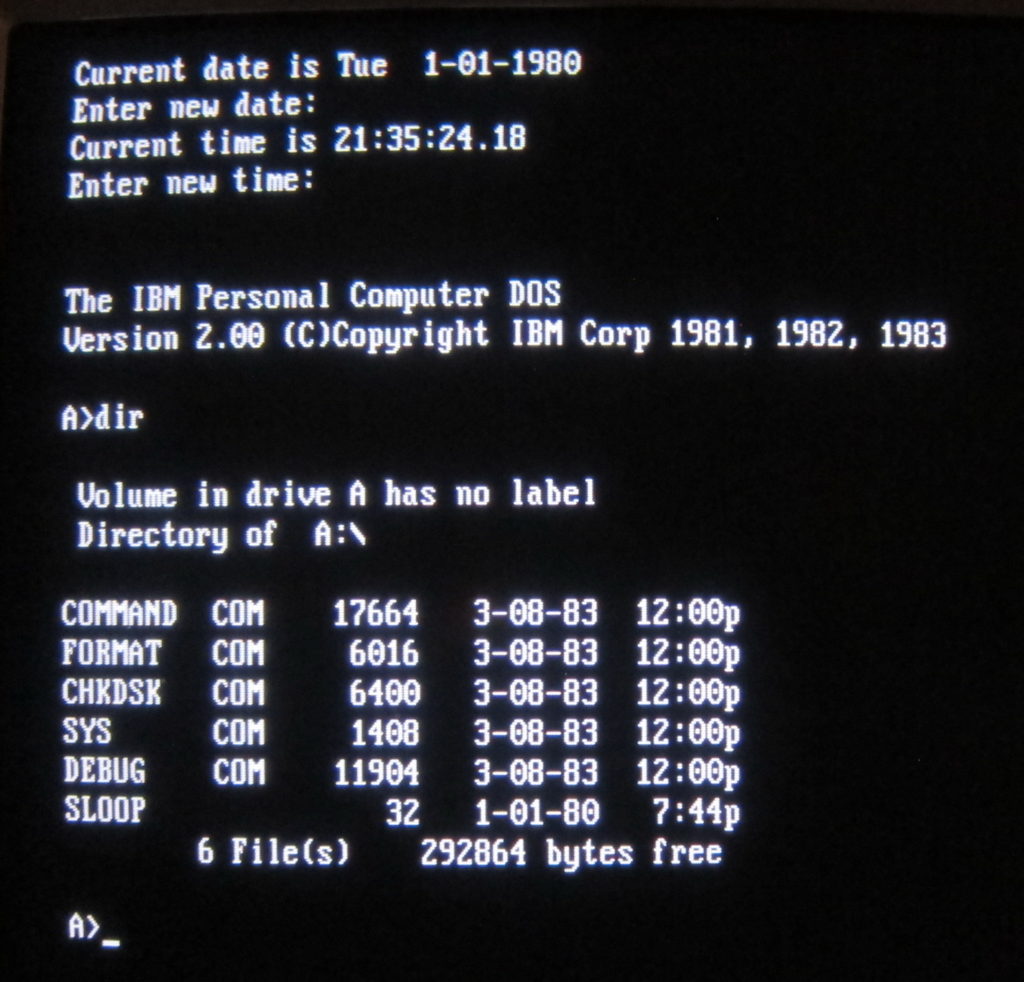
The widespread adoption of MS-DOS played a significant role in shaping the trajectory of Microsoft’s success and establishing its prominence in the ever-evolving computing landscape.
5. Windows: A Graphical Revolution
During the 1980s, Microsoft had a big moment when they introduced MS-DOS, which stands for “Microsoft Disk Operating System.” It was a crucial time in their history because MS-DOS became the main operating system used in IBM-compatible personal computers.
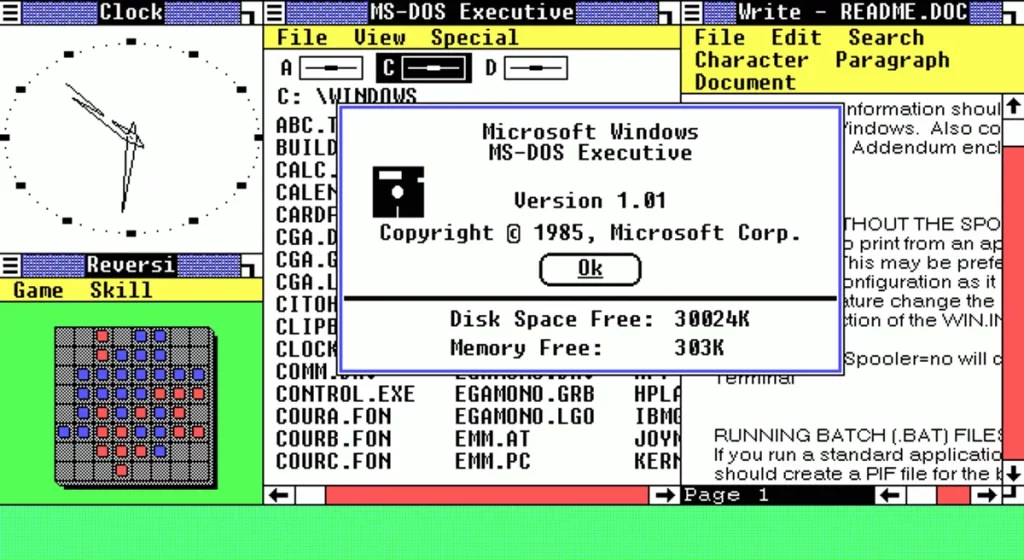
This success really solidified Microsoft’s position as a major player in the tech industry. With MS-DOS being widely adopted, it played a key role in shaping Microsoft’s future and establishing their strong presence in the computer world.
6. Microsoft Office Suite
Back in 1989, Microsoft released the very first version of its famous Microsoft Office suite. This suite included popular programs like Word, Excel, and PowerPoint. It was a complete package of productivity software that quickly became a must-have in offices all around the world.
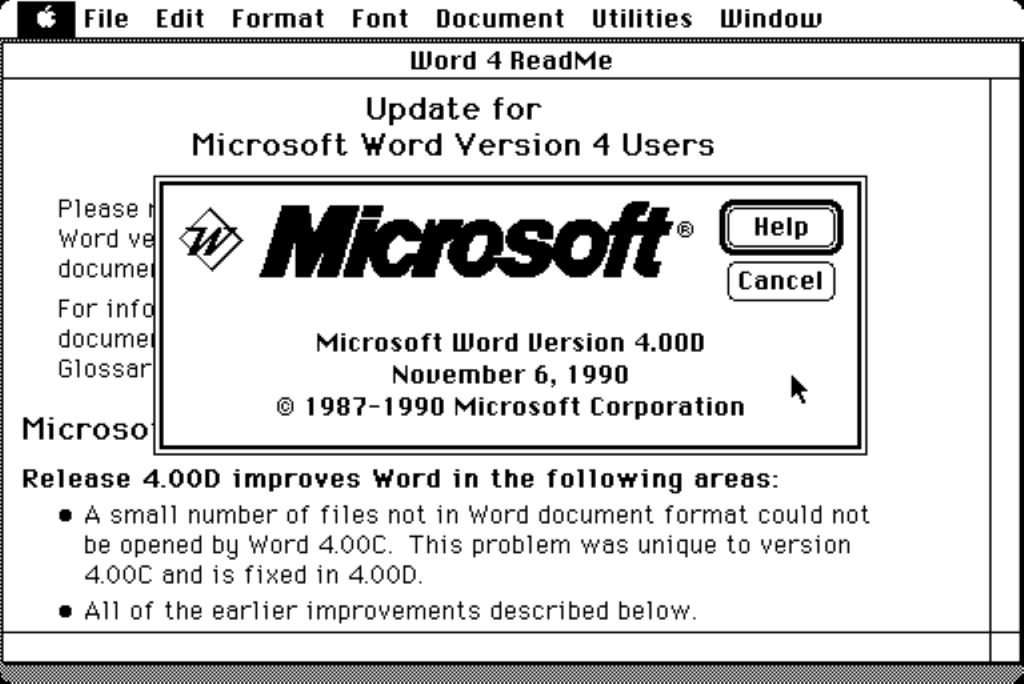
People relied on it for various tasks, making their work much more efficient and organized. Microsoft Office became an essential tool for professionals everywhere, helping them create documents, manage data, and make impressive presentations with ease.
1990s: A Decade of Dominance
7. Windows 95: A Global Sensation
In the ever-evolving world of technology, certain milestones stand out as game-changers, reshaping the way we interact with computers. One such momentous event took place in 1995 when Microsoft released Windows 95. This groundbreaking operating system captured the world’s imagination and set new standards for user-friendliness and functionality.
Before Windows 95, computing was often perceived as complex and daunting, primarily catering to tech-savvy individuals. However, with the arrival of this innovative operating system, the landscape of personal computing underwent a significant transformation.
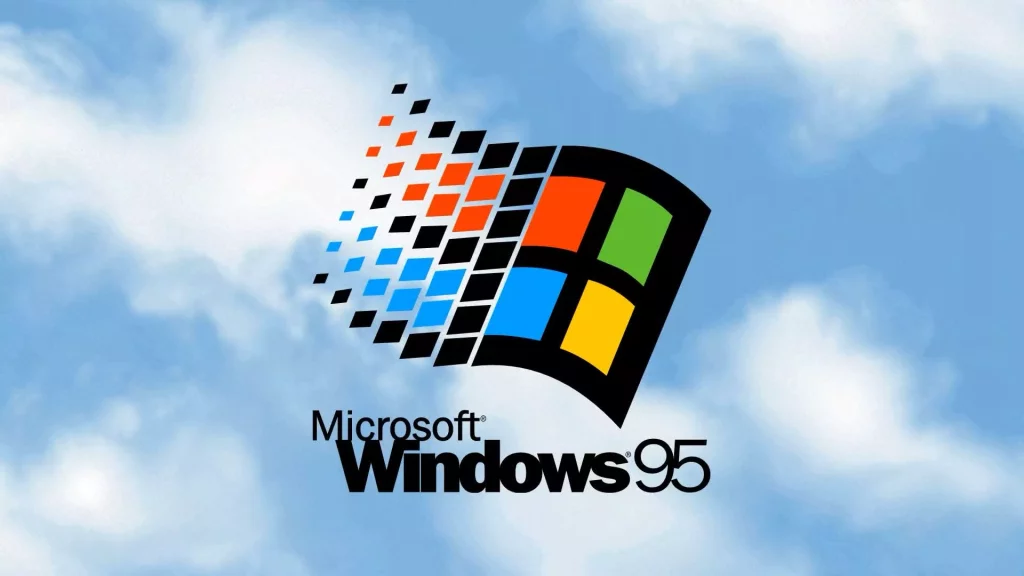
Windows 95 introduced a revolutionary graphical user interface (GUI), which made using a computer more intuitive and visually appealing. Instead of typing commands in a text-based system, users could now interact with icons, buttons, and menus.
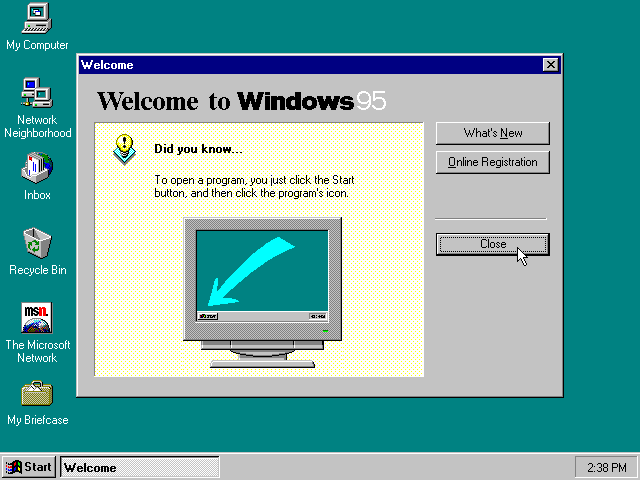
The familiar “Start” button located on the taskbar became the gateway to a whole new computing experience.
8. Internet Explorer and the Browser Wars
In 1995, Microsoft took a significant step in the world of web browsing by launching Internet Explorer. This move catapulted them into a fierce competition known as the “Browser Wars” with their primary rival, Netscape Navigator.
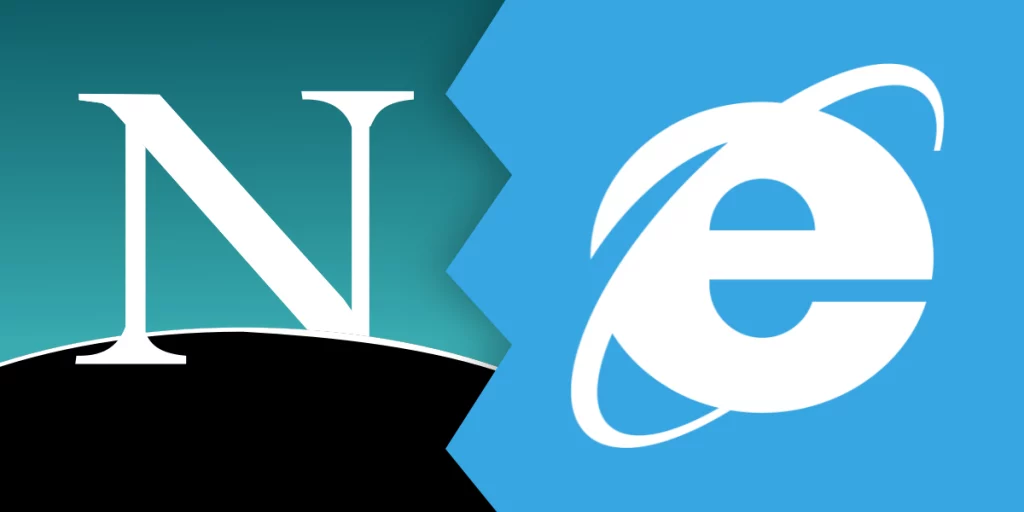
Internet Explorer’s entry into the market marked a turning point in how people accessed information and navigated the internet. Before this, Netscape Navigator had dominated the browser space. However, with Microsoft’s aggressive promotion of Internet Explorer and its integration with Windows, the tides began to shift.
The “Browser Wars” intensified as both companies vied for dominance in the browser market. New features, improved performance, and compatibility with various websites became the battleground for winning users over.
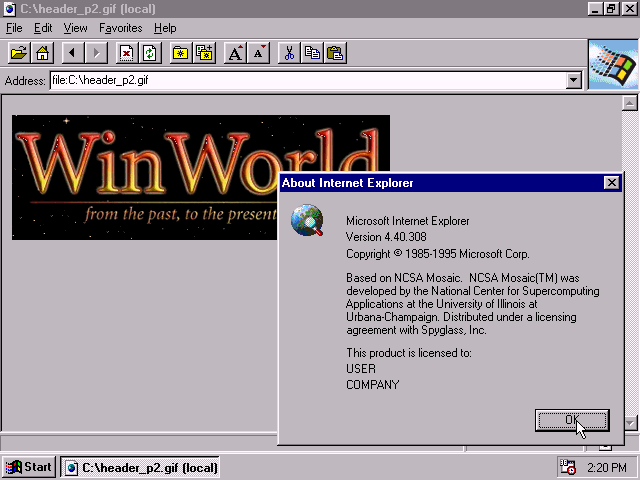
Microsoft’s strategy of bundling Internet Explorer with Windows operating systems proved to be a game-changer. This move resulted in a substantial increase in the number of Internet Explorer users, gradually dethroning Netscape Navigator from its top position.
The competition between the two browsers led to rapid advancements in web technologies and standards. Web developers had to ensure their websites worked seamlessly on both browsers, driving innovation and improving the overall web browsing experience.
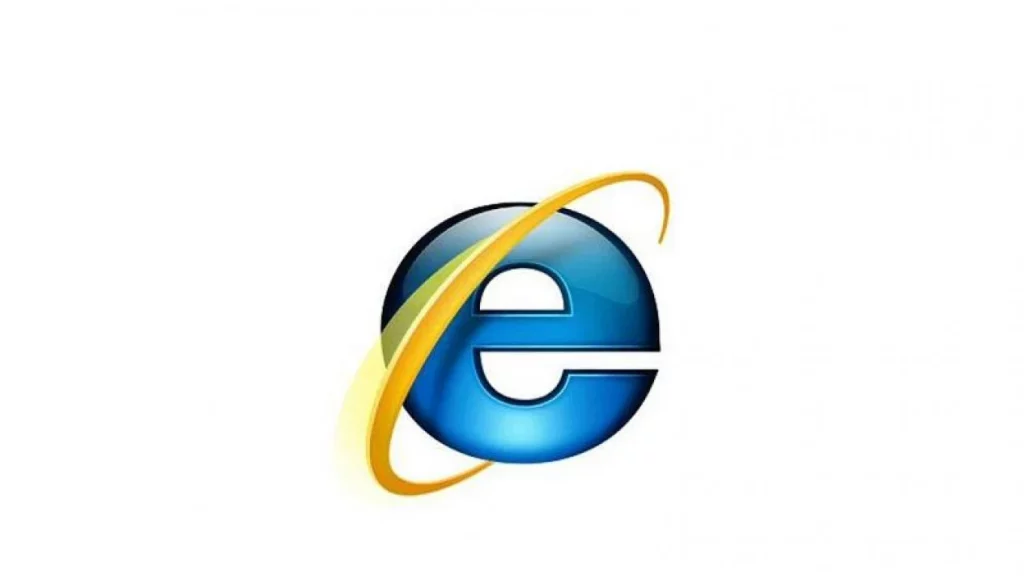
In the end, Microsoft’s Internet Explorer emerged victorious in the “Browser Wars,” solidifying its place as one of the most widely used web browsers for many years to come. The impact of these battles continues to shape the internet we use today, influencing the way we interact with websites and access information across the digital landscape.
9. The Rise of Microsoft Office
During the 1990s, Microsoft Office emerged as the go-to productivity suite for businesses worldwide. It quickly became the standard for word processing, spreadsheet management, and creating presentations.

Microsoft Office was a game-changer, bringing together essential tools like Word, Excel, and PowerPoint, all in one convenient package. These powerful applications enabled businesses to streamline their tasks and boost efficiency like never before.
With Microsoft Office’s user-friendly interface and robust features, it offered a seamless experience for creating and editing documents, organizing data, and designing captivating presentations. It became an indispensable tool for professionals in various industries, transforming the way they handled their day-to-day tasks.
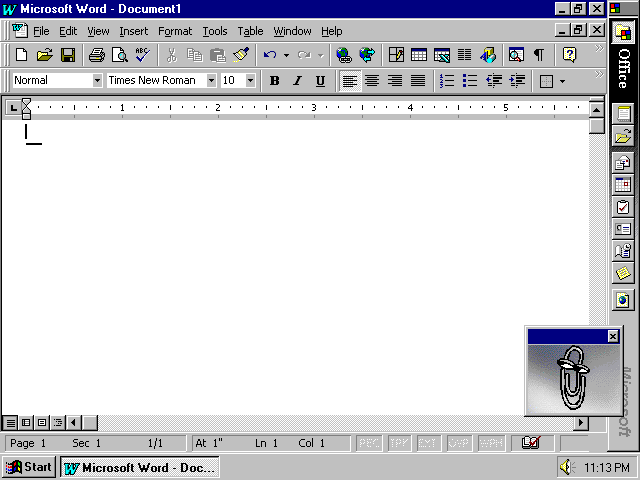
The popularity of Microsoft Office continued to soar throughout the 1990s, setting new standards for productivity software. Its widespread adoption played a significant role in shaping the business landscape, as companies relied on it to enhance their workflow and communicate more effectively.
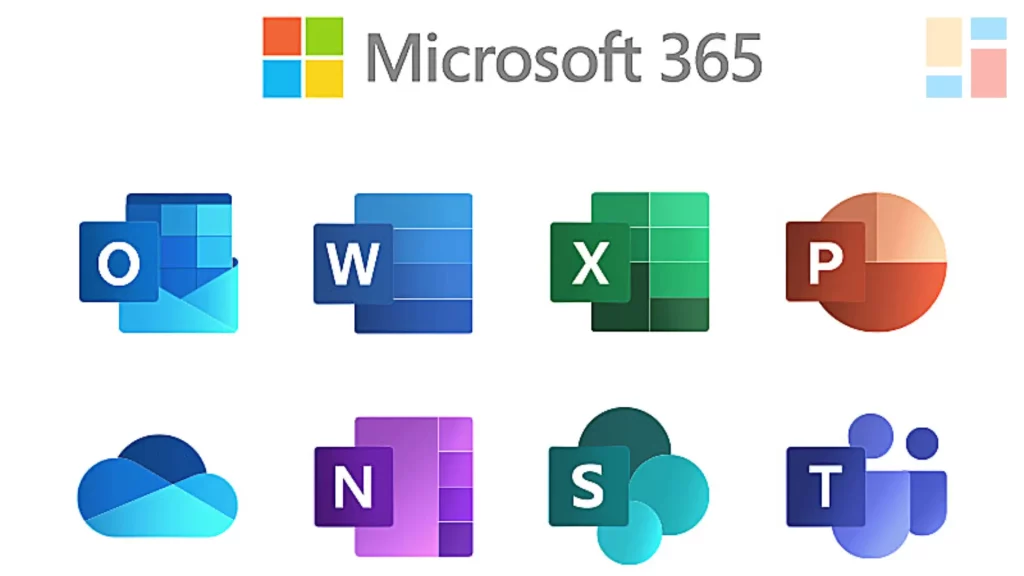
Today, Microsoft Office remains a fundamental part of workplaces worldwide, with its latest versions offering even more advanced features and collaboration tools. It continues to be a driving force in empowering businesses and individuals to achieve their goals with greater efficiency and creativity.
10. Windows 98 and Windows 2000
In the late 1990s, Microsoft revolutionized the world of personal computing with the release of two groundbreaking operating systems: Windows 98 and Windows 2000. These software marvels, launched in 1998 and 2000, respectively, took the user experience and system stability to new heights, setting new benchmarks in the computing industry.
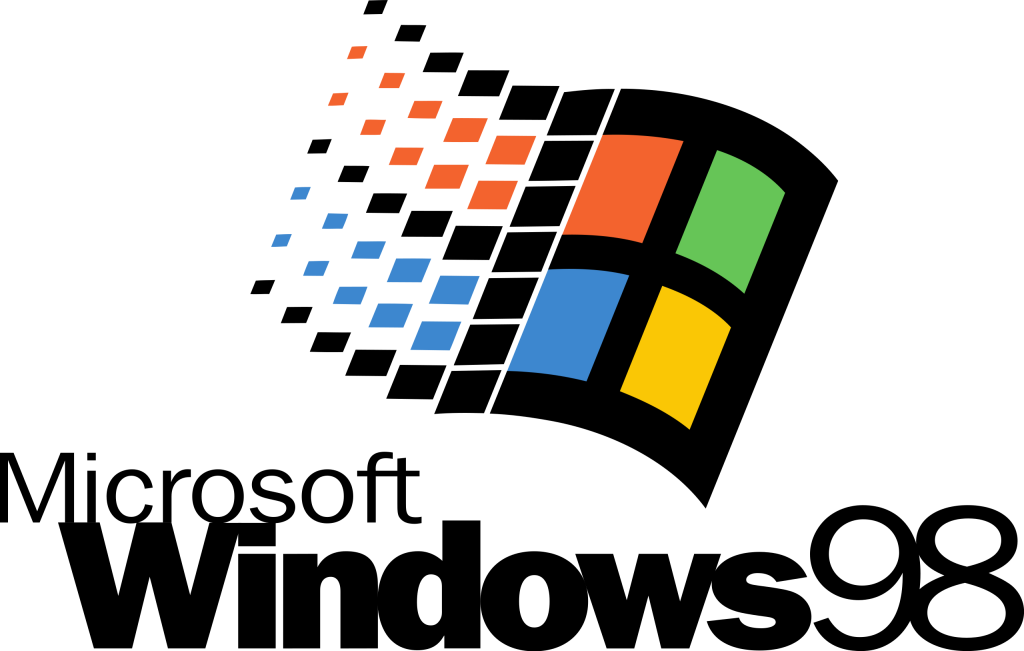
Windows 98, introduced on June 25, 1998, marked a significant leap forward from its predecessor, Windows 95. It brought with it a host of innovative features and improvements that made computing more accessible and enjoyable for millions of users worldwide. One of the most notable enhancements was the introduction of the Windows Driver Model (WDM), which standardized drivers across various hardware devices, resulting in increased system stability and reduced conflicts. This paved the way for smoother plug-and-play functionality and simplified device installations, making it a user-friendly experience for both seasoned and novice users.
Moreover, Windows 98 introduced native support for USB (Universal Serial Bus), allowing users to easily connect and use a wide array of external devices without the need for complex configurations or third-party drivers. The integration of Internet Explorer 4.0 brought enhanced web browsing capabilities to the desktop, showcasing Microsoft’s vision of a more connected and web-centric computing environment.
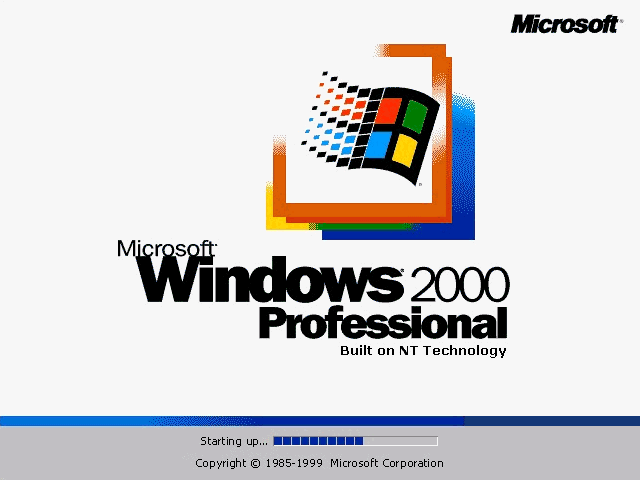
The release of Windows 2000, on February 17, 2000, represented a major milestone for Microsoft, as it was designed to cater to both the home user and the enterprise. Windows 2000 was the successor to Windows NT 4.0 and came in various editions, including Professional, Server, Advanced Server, and Datacenter Server.
One of the key strengths of Windows 2000 was its robustness and reliability. It was built on the Windows NT kernel, which provided a powerful, protected memory architecture, ensuring that a misbehaving application would not crash the entire system. This marked a significant improvement over earlier consumer-oriented Windows versions, cementing Windows 2000’s reputation as a stable and efficient operating system.
Furthermore, Windows 2000 introduced features such as Active Directory, which revolutionized network management in enterprise environments, making it easier for administrators to manage users, resources, and security policies. Additionally, it supported the NTFS (New Technology File System) file system, providing enhanced security, performance, and file management capabilities.
Windows 98 and Windows 2000 left an indelible mark on the history of computing, shaping the way we interact with our computers and paving the way for future advancements in the Microsoft Windows ecosystem. Both operating systems contributed significantly to the evolution of user-friendly interfaces and stable computing environments, laying the foundation for the modern computing landscape we enjoy today.
Early 2000s: Challenges and Innovations
11. Windows XP: A New Era
In 2001, Microsoft unveiled Windows XP, a groundbreaking operating system that would go on to become one of the most successful and enduring releases in the history of computing. Windows XP, which stands for “eXPerience,” represented a significant leap forward in terms of stability, performance, and user-friendliness, setting a new standard for operating systems that would dominate the market for over a decade.
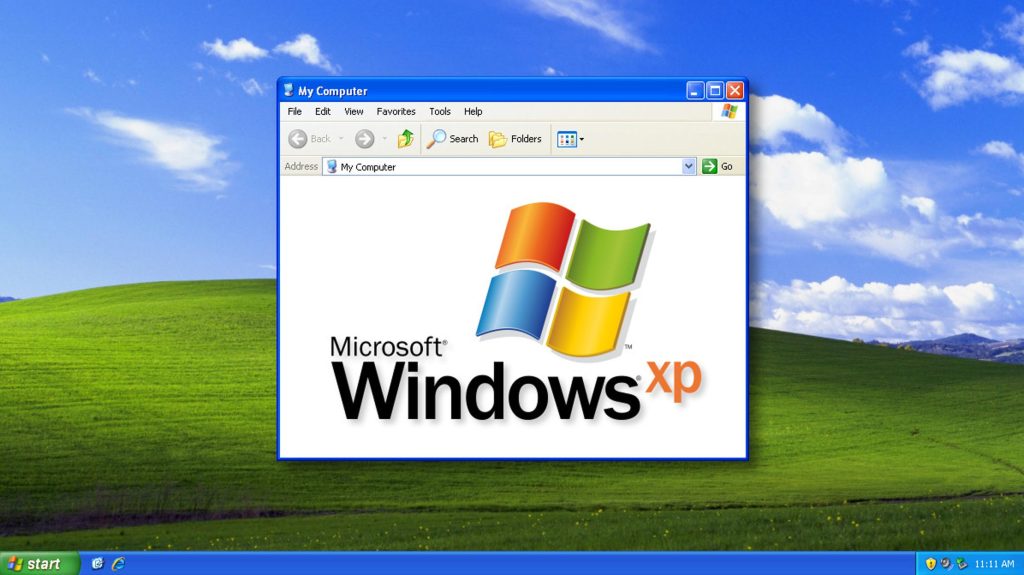
Upon its release on October 25, 2001, Windows XP was met with widespread acclaim from both critics and users alike. It was the successor to both Windows 2000 and Windows ME (Millennium Edition) and aimed to merge the consumer-friendly elements of Windows ME with the stability and robustness of Windows 2000, which was primarily targeted at business users.
One of the key features that made Windows XP stand out was its user interface, which was a refined and polished version of the “Luna” theme. The visual overhaul brought a fresh and modern look to the operating system, introducing colorful icons, smooth window animations, and a more intuitive Start Menu. The Start Menu, in particular, underwent a significant redesign, providing easier access to frequently used applications and better organization of programs and settings.
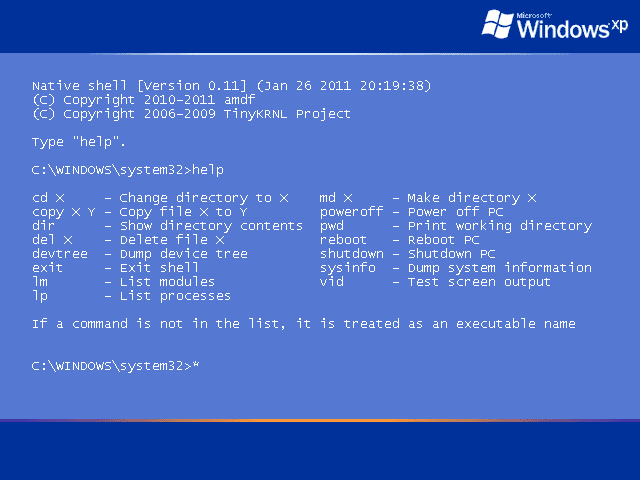
Under the hood, Windows XP was built on the Windows NT kernel, making it inherently more stable than its predecessors. It also introduced system restore points, which allowed users to roll back their system to a previously known working state in case of issues, providing an added layer of protection and confidence.
In terms of hardware compatibility, Windows XP was designed to work seamlessly with a wide range of devices and peripherals, making it accessible to a broad audience. Additionally, it brought native support for USB 2.0, enabling faster data transfer speeds and a smoother experience with the growing number of USB devices.
Windows XP’s networking capabilities were also greatly improved. It offered built-in support for wireless networking and made it easier for users to set up and manage home or small office networks. This networking prowess further solidified Windows XP as an operating system of choice for both home and business users.
Perhaps the most significant factor contributing to Windows XP’s long-standing dominance was its longevity. Microsoft provided consistent support and updates for the operating system for over a decade, until April 8, 2014. This extended support lifecycle allowed businesses and institutions to adopt and stick with Windows XP for a considerable period, leading to its prevalence in various industries and organizations.
In conclusion, Windows XP was a pivotal release for Microsoft, introducing a stable, user-friendly, and visually appealing operating system that captured the hearts of millions of users worldwide. Its enduring success and market dominance for over a decade cemented its status as one of the most iconic and influential operating systems in the history of computing.
12. Microsoft Office’s Evolution
During the early 2000s, Microsoft Office, the renowned suite of productivity applications, experienced significant advancements and updates that solidified its position as the leading choice for both businesses and individuals. Microsoft Office, which includes applications like Microsoft Word, Excel, PowerPoint, and Outlook, has been a cornerstone of modern computing since its initial launch in 1989.
Throughout the early 2000s, Microsoft remained committed to refining and expanding the Office suite to meet the evolving needs of users. With each new version, they introduced innovative features and enhanced functionality, making it an indispensable tool for various tasks, from word processing and data analysis to creating captivating presentations and managing emails and schedules.
In the realm of presentations, Microsoft PowerPoint received updates that allowed users to craft more dynamic and engaging slideshows with animations and multimedia elements. Meanwhile, Microsoft Outlook continued to be the go-to email client, but it also received upgrades that transformed it into a robust personal information manager, helping users manage contacts, calendars, and tasks more efficiently.
With each iteration, Microsoft Office managed to strike a balance between user-friendly interfaces and powerful capabilities, catering to both seasoned professionals and casual users. Its widespread adoption across various industries and educational institutions further reinforced its reputation as the gold standard in productivity software.
Furthermore, Microsoft Office’s compatibility with other Microsoft products and its seamless integration with Windows operating systems provided users with a cohesive and harmonious computing experience. This interoperability made it easier for individuals and organizations to incorporate Office applications into their daily routines seamlessly.
In conclusion, Microsoft Office’s evolution in the early 2000s exemplifies the software giant’s commitment to continuous improvement and innovation. Through the addition of new features and enhanced functionality, Microsoft Office solidified its status as the preferred productivity suite, empowering businesses and individuals alike to achieve their goals efficiently and effectively in the digital age.
13. Xbox: A Leap into Gaming
In 2001, Microsoft entered the gaming industry with the launch of Xbox, introducing a formidable competitor to Sony’s PlayStation and Nintendo’s consoles.
14. Microsoft Azure: Cloud Computing Powerhouse
In 2009, Microsoft ventured into cloud computing with the introduction of Microsoft Azure, its cloud platform that has since become a leading player in the industry.
Mid-2000s: A Shifting Landscape
15. Windows 7: Redemption
In 2009, Microsoft redeemed itself from the lackluster response to Windows Vista with the release of Windows 7, a highly acclaimed and beloved operating system.
16. Office 365: A Move to Subscription
In 2011, Microsoft embraced the subscription-based model with the launch of Office 365, offering users a cloud-based productivity suite with regular updates.
Late 2000s to Present: Continual Innovation
17. Windows 8 and Windows 10
In 2012, Microsoft introduced Windows 8, followed by Windows 10 in 2015, offering a more seamless experience across devices and blurring the line between PC and mobile.
18. Microsoft Surface: Redefining Hardware
The Microsoft Surface lineup, launched in 2012, showcased the company’s prowess in hardware design, challenging the dominance of other tablet and laptop manufacturers.
19. Expanding Beyond Software
Microsoft’s acquisition of LinkedIn in 2016 demonstrated the company’s diversification beyond software and into the realm of professional networking.
20. Artificial Intelligence and Machine Learning
Embracing the future, Microsoft invested heavily in artificial intelligence and machine learning, developing innovative solutions across its products and services.
Microsoft’s journey from a small startup in Albuquerque to a global technology powerhouse is nothing short of awe-inspiring. Throughout its history, Microsoft has consistently pushed the boundaries of innovation, revolutionizing the world of computing and shaping the modern tech landscape. From its early days with MS-DOS to its foray into cloud computing and artificial intelligence, Microsoft continues to be a driving force in the technology industry, creating history with each milestone.


